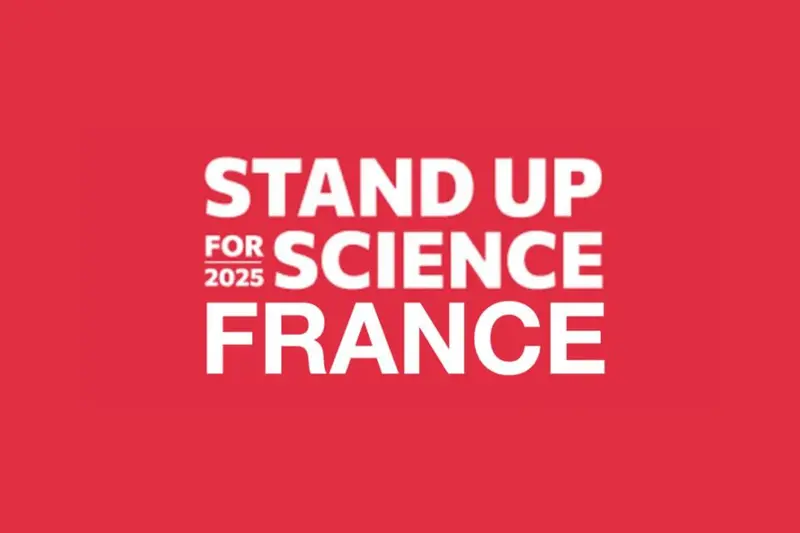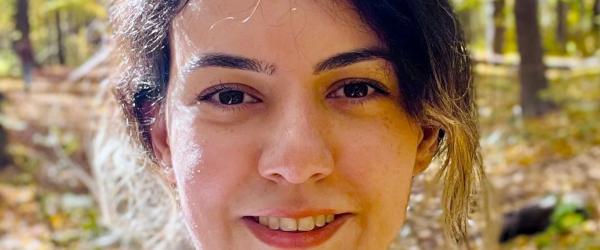Adaptive plasticity of interactive somatosensory and motor cortical networks underlying recovery of forelimb skills following cortical ministroke in rats
When: June 30th, 1.30 PM
Where: Salle des Voûtes
Abstract: Although the contribution of sensory feedback to motor control is well recognized, the mechanisms by which somatosensory inputs shape cortical plasticity and support functional recovery after motor cortex injury remain insufficiently explored. Research on post-lesional cortical reorganization has often focused on either the motor (M1) or the somatosensory cortex (S1) in isolation, without fully addressing the dynamic interplay between these two systems. The present work aims to fill this gap by investigating the bidirectional interactions between M1 and S1, examining how damage to one area impacts the function of its interconnected « partner area ». Using a rat model of focal ischemic lesion targeting the forelimb representations, this thesis explores the reciprocal remodeling of somatosensory and motor cortical maps and their relationship with the recovery of sensorimotor skills. In the first part of this study, we analyzed the reorganization of the S1 forepaw representation following a micro-infarct in the caudal forelimb area (CFA) of M1. Behavioral evaluations of gross and fine forelimb use were combined with electrophysiological mapping of the S1 cutaneous territories at various time points after the lesion. The injury induced significant changes in the ipsilesional S1 map, including an early enlargement of both ventral and dorsal receptive fields (RFs) along with an increased sensitivity to tactile stimulation. As recovery progressed, ventral RFs became more refined, shrinking below their pre-lesion size, while dorsal RFs returned to baseline. The cortical area serving the glabrous skin gradually increased. These cortical changes closely paralleled the gradual restoration of skilled forelimb movements, with behavioral deficits fully resolved within two months. Moreover, rehabilitative forced-locomotion training along with enriched environment accelerated these processes, promoting faster RF refinement and enhancing neuronal sensitivity, particularly within ventral skin territories. The second part of the thesis focused on the opposite scenario: the reorganization of M1 map following a lesion to the S1 forepaw area. Using intracortical microstimulation (ICMS), we evaluated modifications in rostral and caudal motor representations alongside behavioral assessments of postural support and fine motor coordination. Somatosensory deprivation led to rapid changes within M1, notably a reduction in proximal forelimb representations, whereas distal representations remained largely preserved. Behavioral recovery was partial within the experimental timeframe, with improvements observed primarily in tasks requiring less reliance on somatosensory feedback. In contrast, performance remained impaired in more demanding skilled reaching and grasping tasks that rely on precise somatosensory guidance. These results confirm that somatosensory feedback plays a crucial role in motor control, particularly for tasks requiring fine coordination and accurate movements. Taken together, these findings reveal that cortical plasticity following focal injury is not strictly reciprocal between sensory and motor areas. While both cortices undergo changes in response to damage in their interconnected « partner », the adaptive nature of these changes differ, reflecting distinct roles in recovery. This work highlights the critical, yet often underappreciated, contribution of the somatosensory cortex in supporting functional restoration following focal stroke in motor cortex and underscores the need to consider sensory-driven mechanisms when designing rehabilitation strategies.
Thesis'Director: Christian XERRI.

